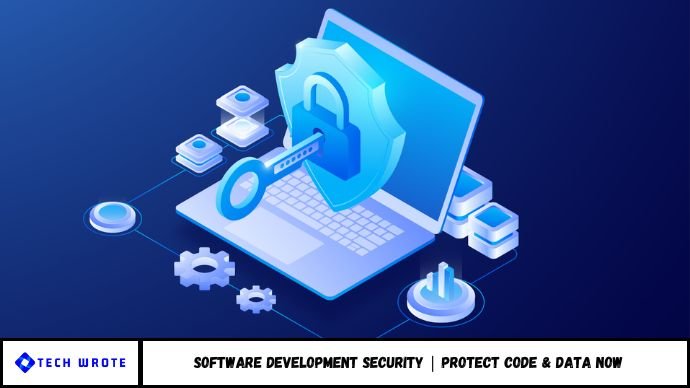The growing importance of software development security is reshaping how modern applications are built and deployed. With cyberattacks rising and compliance demands tightening, businesses must prioritize secure coding, testing, and deployment practices. This article explores the escalating need for security in development, outlines best practices, and provides actionable insights backed by current data.
The Growing Importance of Software Development Security Today
Introduction: Can You Afford to Ignore App Security?
In 2024 alone, over 30,000 websites were hacked daily—many due to flaws in the software code powering them. As apps become more complex and interconnected, the risks skyrocket. Security breaches aren’t just about data loss—they damage trust, cost millions, and can shut businesses down.
Whether you’re a developer, product owner, or IT leader, one truth is clear: software development security is no longer optional. It’s a strategic priority.
In this article, you’ll learn:
- Why security is critical in software development
- Common risks and their consequences
- Key principles and practices to embed security
- How to stay compliant and reduce threats
1. Why Security in Software Development Is Mission-Critical
Cyber Threats Are Growing Exponentially
As software becomes more powerful, so do the tactics used by cybercriminals.
- Ransomware attacks increased by 67% in 2023.
- 70% of breaches are caused by vulnerabilities in applications (Verizon DBIR, 2024).
- The average cost of a data breach now exceeds $4.45 million (IBM, 2024).
2. Key Software Security Risks to Watch For
Understanding threats is the first step in prevention. Here are the most common:
Common Vulnerabilities:
- SQL Injection
- Cross-Site Scripting (XSS)
- Broken Authentication
- Insecure APIs
- Outdated dependencies or third-party packages
3. Core Principles of Secure Software Development
A. Shift-Left Security
Incorporate security early in the development process—during planning, design, and coding stages.
B. Secure Coding Standards
- Validate input and sanitize data
- Use safe APIs and libraries
- Avoid hardcoding credentials
C. Regular Security Testing
- Static Application Security Testing (SAST)
- Dynamic Application Security Testing (DAST)
- Penetration testing and code reviews
D. Least Privilege and Role-Based Access
Limit access to only what’s needed, reducing the blast radius if something goes wrong.
4. DevSecOps: The New Standard in Secure Development
What Is DevSecOps?
DevSecOps integrates security throughout the CI/CD pipeline, not just at the end.
Benefits of DevSecOps:
- Real-time vulnerability detection
- Faster remediation cycles
- Enhanced collaboration between development and security teams
5. Staying Compliant in a Regulated World
With increasing legal oversight, non-compliance can be costly:
Key Regulations to Follow:
- GDPR – Personal data protection (EU)
- HIPAA – Healthcare data security (U.S.)
- PCI-DSS – Payment systems security
- ISO/IEC 27001 – Information security standard
Frequently Asked Questions (FAQs)
1. Why is security important in software development?
It prevents vulnerabilities that hackers exploit, protects user data, and ensures trust and compliance.
2. What are the most common software security risks?
SQL injections, XSS attacks, broken authentication, and insecure APIs are the top threats.
3. What is secure coding?
Secure coding involves writing code that is resistant to vulnerabilities and follows best practices for data protection.
4. How does DevSecOps improve security?
DevSecOps integrates security into the development pipeline, ensuring real-time checks and faster fixes.
5. Can open-source software be secure?
Yes, but it must be regularly updated, vetted, and monitored for known vulnerabilities.
6. How often should software be tested for security?
Continuously—through every phase of development and after deployment with regular updates.
Conclusion
Security in software development is no longer a task for the end of the pipeline—it’s a fundamental mindset. From reducing breach risks to ensuring regulatory compliance, secure development helps businesses build trust, protect assets, and innovate with confidence.


